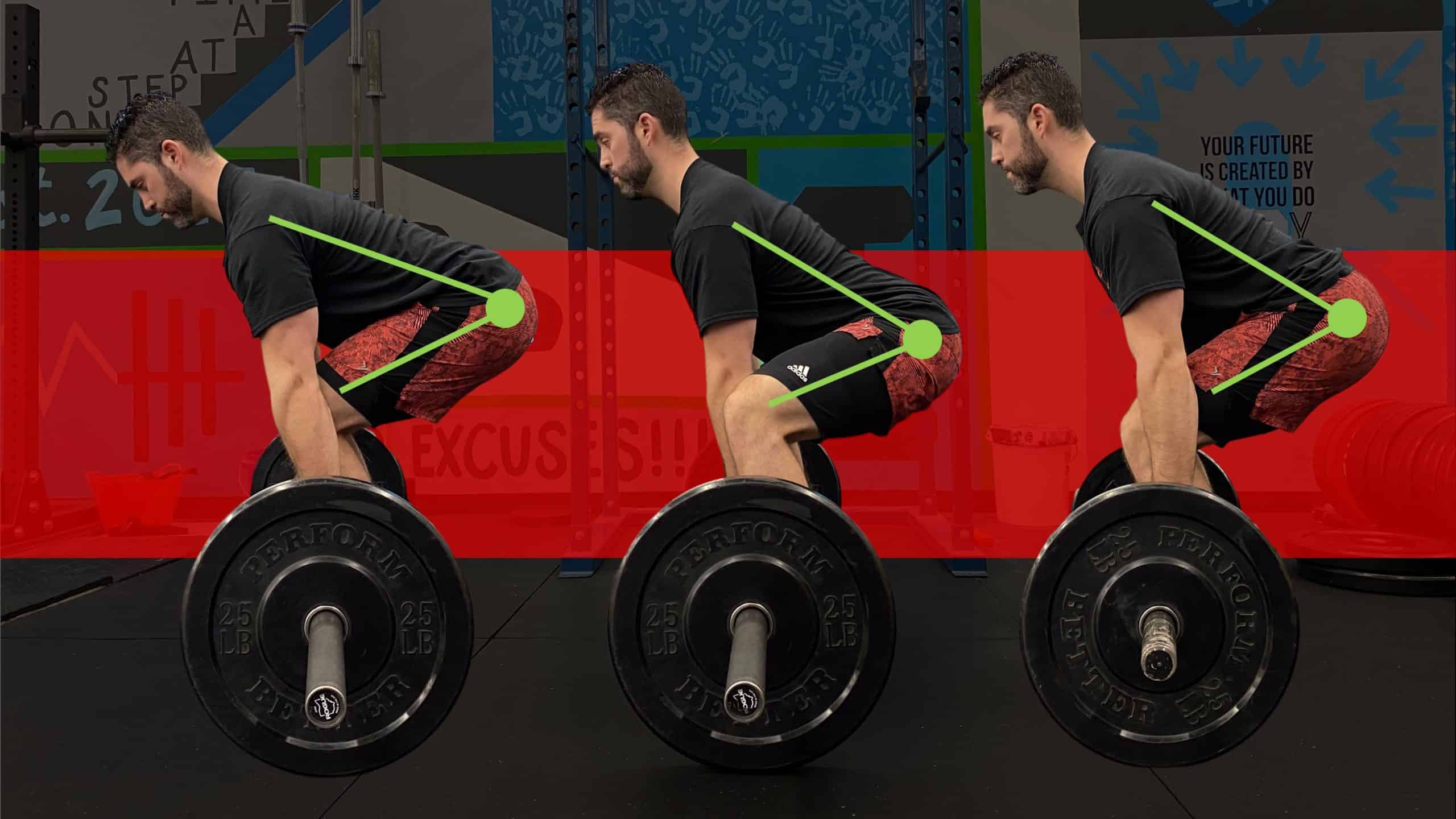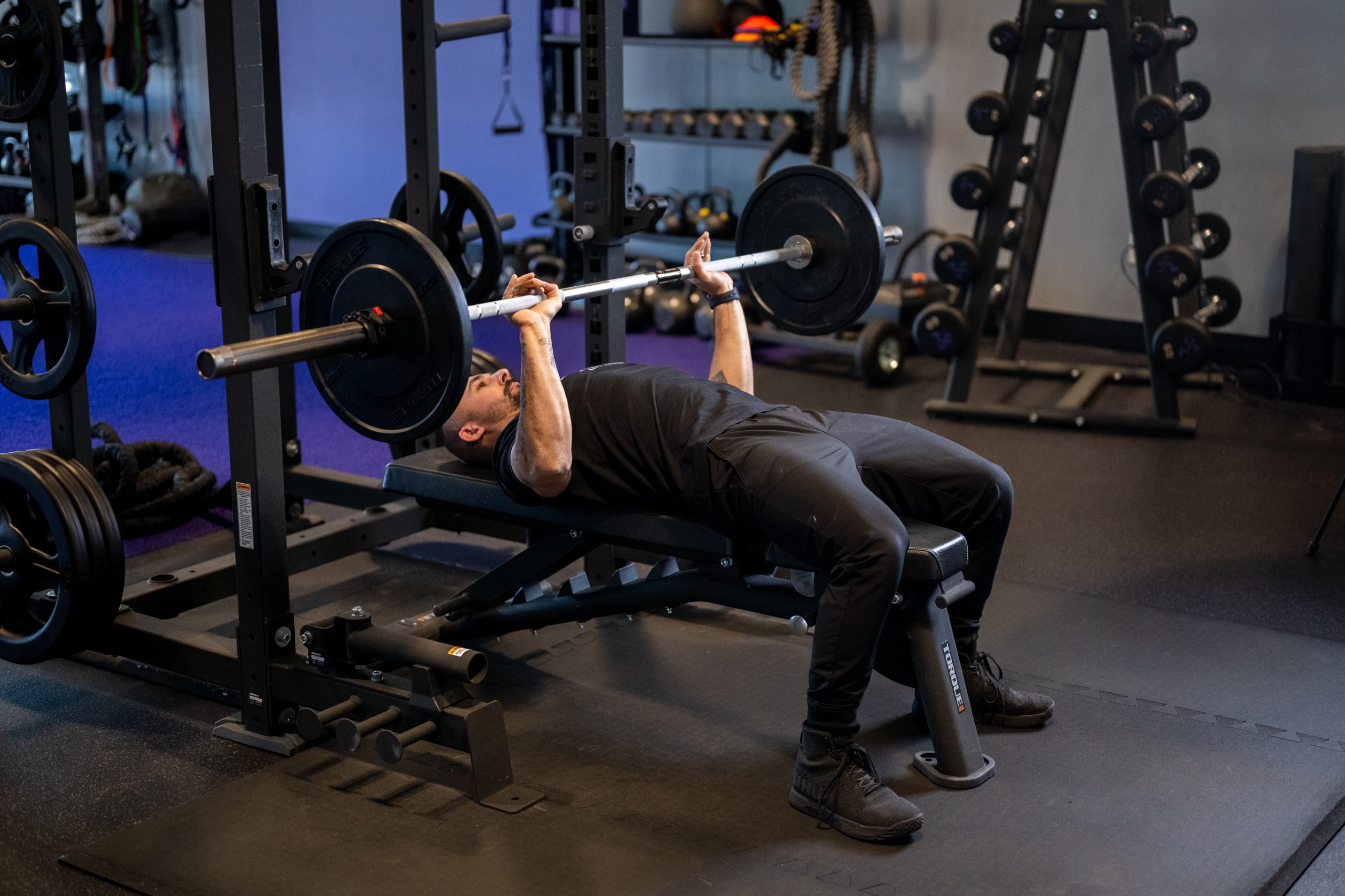The hex bar deadlift, often overlooked in favor of its barbell counterpart, is a powerhouse move for building total-body strength. Unlike the traditional deadlift, the hexagonal bar allows lifters to stand inside its frame, gripping handles at their sides. This design shifts the load closer to the body’s center of gravity, reducing spinal stress while engaging the quads, glutes, and traps. Experts like Dr. John Rusin, a renowned strength coach, praise its ergonomic advantage, noting it’s ideal for beginners and seasoned athletes alike. Backed by studies from the Journal of Strength and Conditioning Research, this lift can enhance power output and minimize injury risk, making it a staple for safe, effective training.
Experience matters when mastering the hex bar deadlift, and proper form is key to reaping its rewards. Start with feet shoulder-width apart, knees slightly bent, and chest up, then drive through the heels to lift. Unlike the barbell version, the hex bar encourages a more upright posture, which lifters with lower back concerns often find more comfortable. Personal trainers with years of hands-on coaching emphasize slow progression—begin with lighter weights to perfect technique before scaling up. This approach, grounded in practical expertise, ensures strength gains without compromising joint health or stability.
For those seeking a fresh strength training twist, the hex bar deadlift delivers results with authority. Trusted fitness sources like the National Strength and Conditioning Association highlight its versatility: it boosts athletic performance, from sprint speed to vertical jumps, thanks to its focus on explosive power. Whether you’re a weekend warrior or a competitive lifter, this lift offers a practical, science-backed way to elevate your routine. Its unique mechanics not only build muscle but also enhance functional fitness, proving it’s more than just an alternative—it’s a game-changer.






